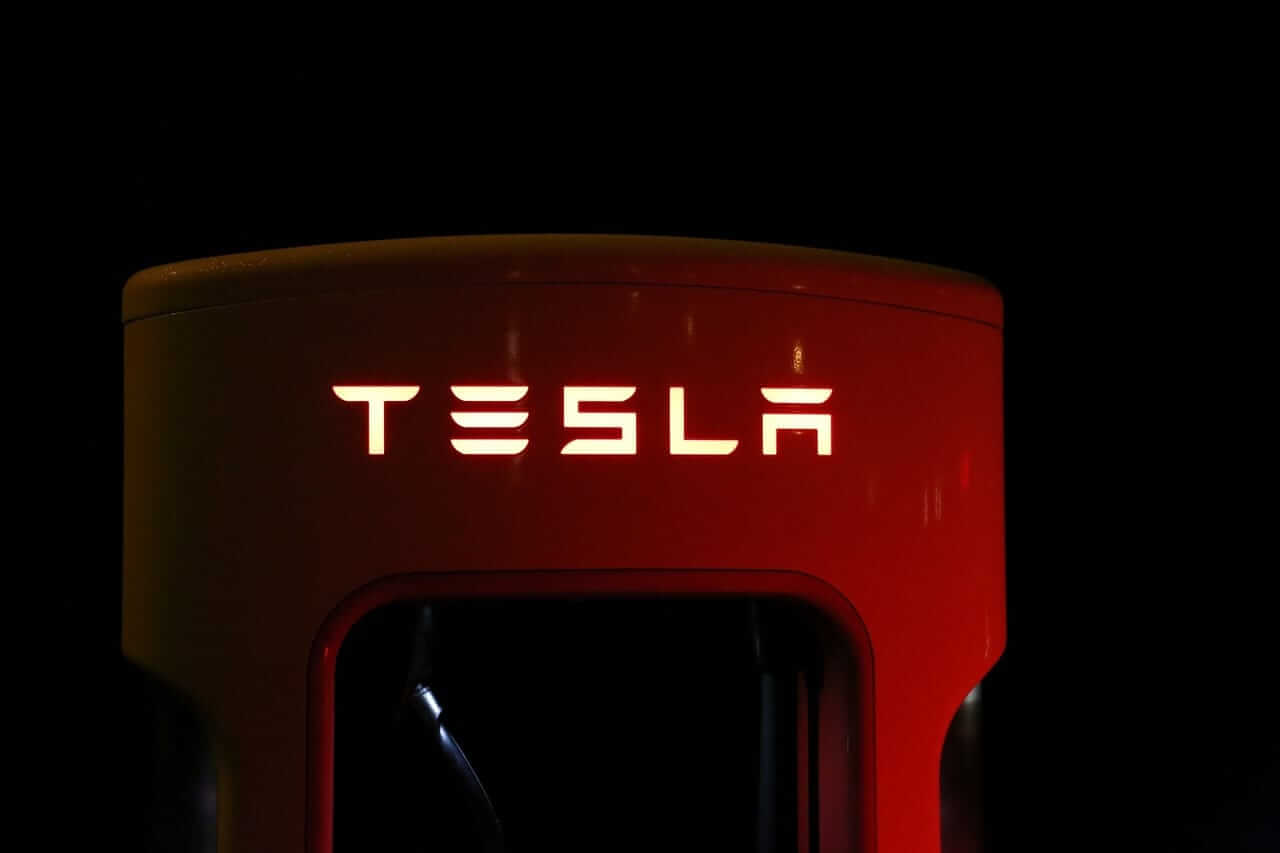Will the Tesla Model Q Arrive in 2025? Top Analysts Say Yes.

The Long-Awaited Affordable Tesla Model
Elon Musk, the CEO of Tesla (TSLA), has long been known for his ambitious visions and grand promises. One of the most anticipated developments in recent years has been the potential launch of an affordable Tesla model. In fact, Musk first hinted at this idea as early as 2006, when he wrote on a blog, “Build sports car. Use that money to build an affordable car. Use that money to build an even more affordable car.” This vision has been a driving force behind the company’s growth and innovation.
After years of delays and shifting timelines, many are now betting that 2025 could be the year when this affordable model finally arrives. A recent report from Deutsche Bank suggests that the new vehicle, unofficially referred to as the Model Q or Model 2, could cost under $30,000. This would place it in direct competition with vehicles like the Volkswagen ID.3 and the BYD Dolphin, both of which are popular in the mid-range electric vehicle market.
Key Features of the New Model
The upcoming affordable Tesla is expected to bring several significant changes. It will likely be built using Tesla’s proprietary manufacturing process, designed to simplify and speed up production. This approach could help reduce costs and make the vehicle more accessible to a broader audience.
According to estimates, the new model will be approximately 15% shorter than the Model 3 and about 30% lighter. This compact design is expected to improve efficiency and make the car more maneuverable, especially in urban environments.
One of the key differentiators of the new model may be its battery technology. Tesla is likely to use lithium iron phosphate (LFP) batteries, which are cheaper to produce and have a longer lifespan compared to traditional lithium-ion batteries. Two battery configurations are being speculated: a 53 kWh rear-wheel drive version with an estimated range of 310 miles, and a 75 kWh all-wheel drive variant, which might offer slightly less range due to higher power demands.
In terms of charging, the vehicle is expected to perform well on Tesla’s V3 Superchargers. With a 20 to 25-minute charge time to reach 80%, long-distance travel could become more manageable. At home, using a standard Level 2 charger, the car could gain between 30 and 40 miles of range per hour, which should cover daily driving needs comfortably.
Performance-wise, the rear-wheel drive version is expected to accelerate from 0 to 60 mph in about 6 to 7 seconds, while the all-wheel drive variant could achieve this in under five seconds, making it one of the fastest vehicles in its price range.
Tesla's Long-Term Vision
Despite a challenging start to 2025, with its stock price dropping by 17.6% year-to-date, Tesla still holds a strong position in the market with a valuation of $1.1 trillion. The company continues to focus on long-term growth, particularly in areas like autonomous vehicles and robotics.
Tesla’s advantage lies in its vast amount of real-world driving data, collected from over a million vehicles on the road. This data is crucial for developing its autonomous driving capabilities, giving it a competitive edge in the race toward self-driving technology.
Another major initiative is the development of the Optimus robot. Initially intended for use in Tesla’s own factories, the robot could eventually find applications in homes and industries, opening up new markets for the company.
Financial Performance and Analyst Outlook
While Tesla has faced some financial challenges, including a drop in revenue for Q1 2025, the company has managed to maintain a strong cash position. The latest quarterly results showed total revenue of $19.3 billion, a 9% decrease from the same period last year. However, the energy generation segment saw a 67% increase, and the services division rose 15%, indicating some positive trends.
Profitability was tighter, with earnings per share falling to $0.27, down 40% from the previous year. Despite this, Tesla generated $2.2 billion in operating cash flow and turned positive in free cash flow, reaching $664 million. The company ended the quarter with $37 billion in cash and equivalents, providing a solid financial foundation.
Analysts remain divided on Tesla’s stock, with a “Hold” rating and a mean target price of $297.86. However, some analysts believe there is potential for growth, with a high target of $500 suggesting a possible 51% upside from current levels. Out of 40 analysts covering the stock, 12 have a “Strong Buy” rating, while 10 have a “Strong Sell” rating.